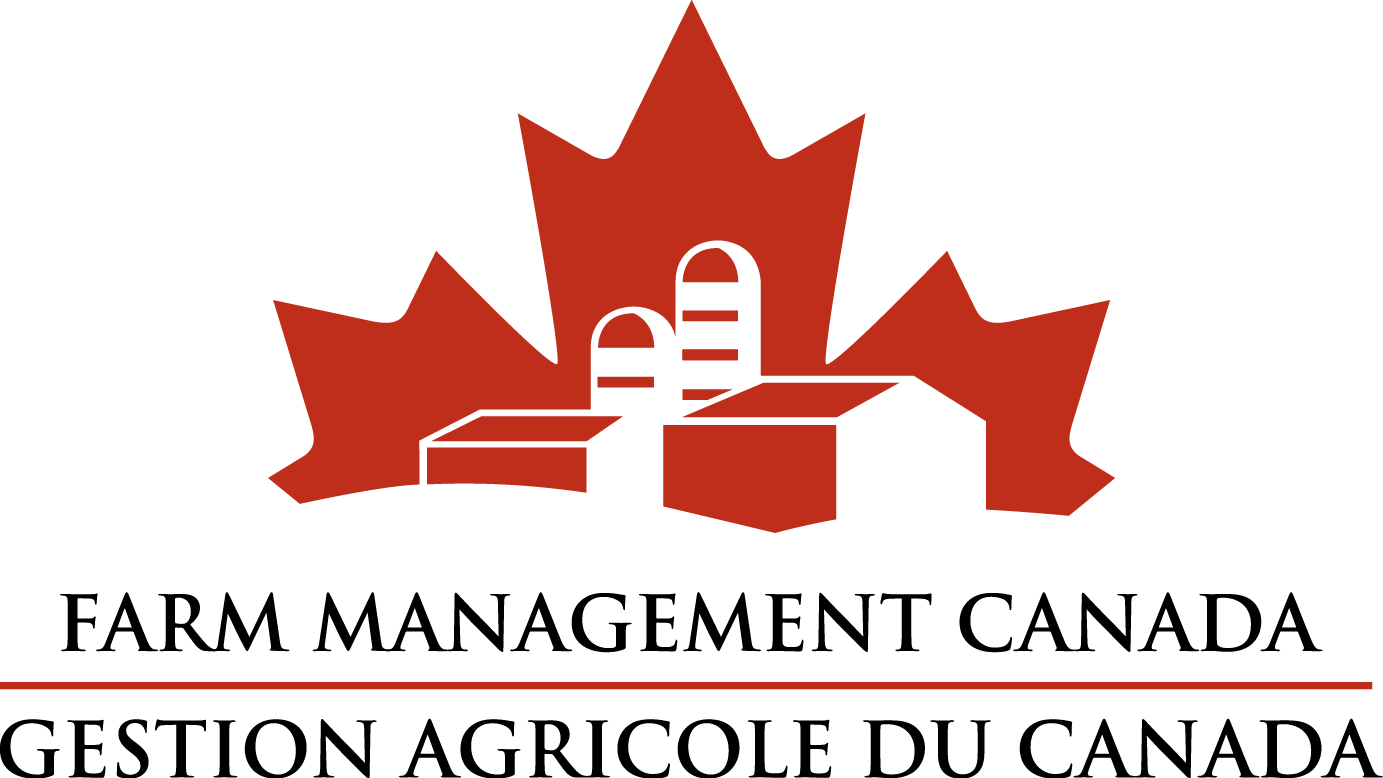Preventing pesticide drift is important for complying with label requirements, and for reducing pesticide movement to sensitive off-site crops and water bodies. Both can have serious economic and legal ramifications, and the risk can be better managed with two web-based tools.
The Buffer Zone Calculator (BZC) comes from Health Canada’s Pest Management Regulatory Agency (PMRA) and calculates a modified buffer zone based on an applicator’s spray equipment and weather conditions. These modified buffer zones are recognized as legitimate substitutes for the label requirements provided applicators keep a printed copy of the BZC summary for a 1-year period.
This is the first time that such dynamic, user specific information has been recognized by the PMRA in addition to product labels, explains Jeanette Gaultier, a Pesticide Minor Use and Regulatory Specialist with Manitoba Agriculture, Food and Rural Initiatives (MAFRI).
“I really like the tool because it rewards applicators who go the extra step to manage drift by allowing them to follow modified buffer zones,” says Gaultier.
Buffer zones are set up to protect sensitive water bodies and riparian areas, and are legally mandated on the label. Application directions can be quite detailed with recommendations such as ‘do not apply product if wind speed exceeds 16 km/hr’ or general, such as ‘do not apply product in periods of dead calm or when winds are gusty’. These restrictions can be ambiguous, and the BZC helps to refine the application recommendations.
The BZC helps determine the risk of drift, and makes specific recommendations for each pesticide. The program works for aerial and ground application.
To get started, an applicator should have ready:
- product label
- wind speed
- wind direction
- sprayer configuration
- temperature (for aerial application only)
- relative humidity (for aerial application only).
By combining information on current weather conditions and their sprayer configuration, applicators may find that buffer zone distances on product labels can be reduced. Applicators can use the BZR for all airblast applications, and for field and aerial applications, which specify the following droplet size category wording on the product label: “Do not apply with spray droplets smaller than the American Society of Agricultural Engineers (ASAE) [Fine or Medium or Coarse] classification.” The BZR is not applicable to ASAE Very Fine or Very Coarse spray droplets.
The BZC does encourage the adoption of drift minimizing technology and management techniques by rewarding such efforts with these situation-specific and potentially reduced buffer zones. The program allows applicators to tailor existing label recommended buffer zones to address their particular situation.
A second web-tool that helps applicators manage drift risk is SPRAYcast, a Weather INnovations tool that helps forecast ideal spray times based on the weather forecast. In Manitoba, SPRAYcast is sponsored by Bayer CropScience, MAFRI and funded through Agriculture and Agri-Food Canada’s (AAFC) Growing Forward program. SPRAYcast was developed in Ontario, and Weather Innovations have several other spray forecasting tools available.
SPRAYcast identifies times during the day that are favourable for spraying. Applicators choose their field location, and boom height. Gaultier explains that a three-day ‘spray conditions advisory’ is generated based on a site-specific forecast. “The spray conditions advisory gives applicators an idea of the times of day that are best suited for pesticide application using a scale ranging from ‘poor’ to ‘good’. Times when no applications should be made due to too little or too much wind speed are indicated as ‘no spray’”.
SPRAYcast was launched with ground application recommendations, but will be upgraded to include aerial applications.
These web-based tools help applicators better manage buffer zones and reduce the risk of pesticide drift. Growers can reduce the problems associated with buffer zones such as reducing the reservoirs of untreated insects, diseases and weeds, which become additional production risks throughout the growing season and into the following crop years.
Contact:
Jeanette Gaultier
Phone: 204-745-5648
Email: [email protected]
